Menu

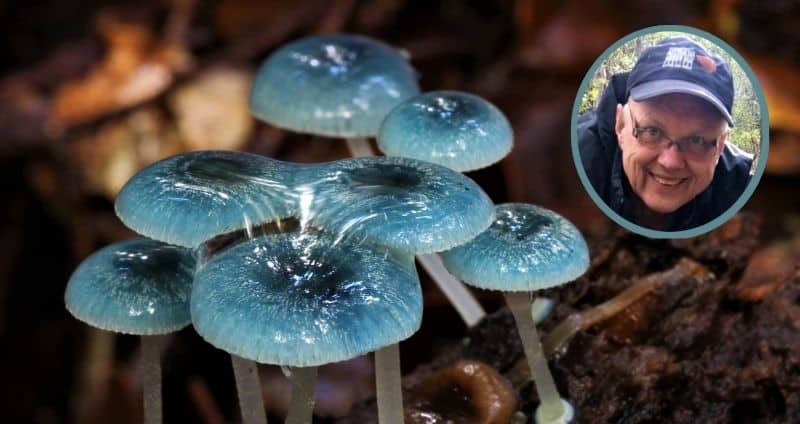
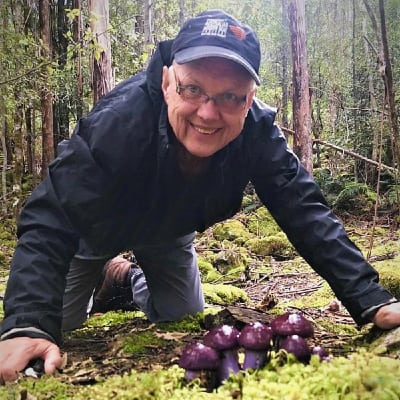
My name is Bronek Burza. I am a Polish-born, 70-year-old retired chemical engineer who now spends his time foraging and photographing wild and wonderful Tasmanian mushrooms.
I had a successful career in the fiber optics industry. I worked internationally for a long time for Corning, an American company that invented how to make optical fiber. Now, in my retirement in Tasmania, Australia, I have the pleasure of focusing on photographing a subject I have loved (and relied on) since youth: mushrooms.
While I was born and raised in Poland, I now call Australia home. During the period of civil unrest in 1980’s Poland—which was related to the resistance movements against the communist rule—I escaped the country with my young wife and 6-month-old daughter. We left Poland just before martial law was declared and arrived in Australia as political refugees in 1981, almost 40 years ago.
For the vast majority of my time in Australia, I have lived in Melbourne and Sydney, but 8 years ago, when I was approaching my retirement, I moved to Hobart. Hobart, the capital of Australia’s island state of Tasmania, is arguably the prettiest city in the country and definitely the one with the best lifestyle.
The forests surrounding the geographic region of Tasmania have many habitats that induce species presence and house fungal organisms with psilocybe DNA and other fascinating kinds of fungi. I have spent time exploring unidentified species here, much like I enjoyed foraging in Europe.
Three years ago, when I retired completely, I got into photography. This pastime attracted me after my chance meeting with a very good Polish fungi photographer. As I will later explain, I have had a love of mushrooms since my childhood, and at one time relied on eating them for survival.
Now, I can appreciate them not only as a delicious and healthy food source but as wondrous subjects for my photography. These include psilocybe species and others commonly found in the same habitats as the mushrooms I usually forage.
I am an amateur, but I am influenced by three great fungi photographers, and I am hoping that one day I'll learn how to get my photography skills close to their mastery. These three master fungi photographers are Australia’s Stephen Axford, America’s Alison Pollack, and Poland's Robert Kozak. Although my work has focused on mushroom-related species popular in Europe and Tasmania, I’ve started expanding my interest in the macroscopic and microscopic characteristics of other psilocybe species, which are crucial for identification purposes.
Here is a collection of some of my favorite photos of Tasmanian mushrooms, and also of some from my Polish homeland.
From a photography point of view, I love all mushrooms. They are magical creations of nature, and they have every color or shape imaginable. In Tasmania, I’ve also encountered slightly bluish-green fungi and dung-inhabiting species found in the more rural parts of the state, which ties in with my fascination with fungi in Southeastern Australia.
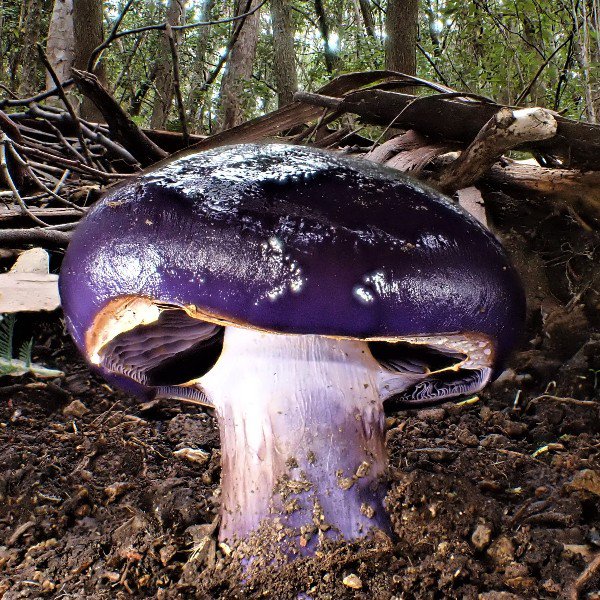
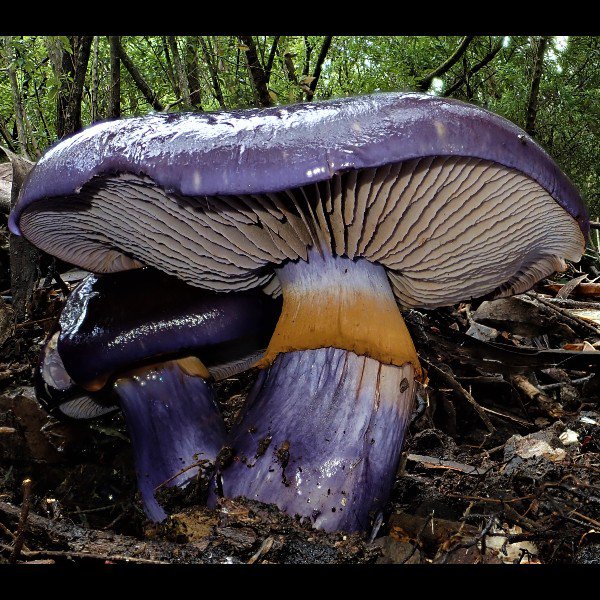
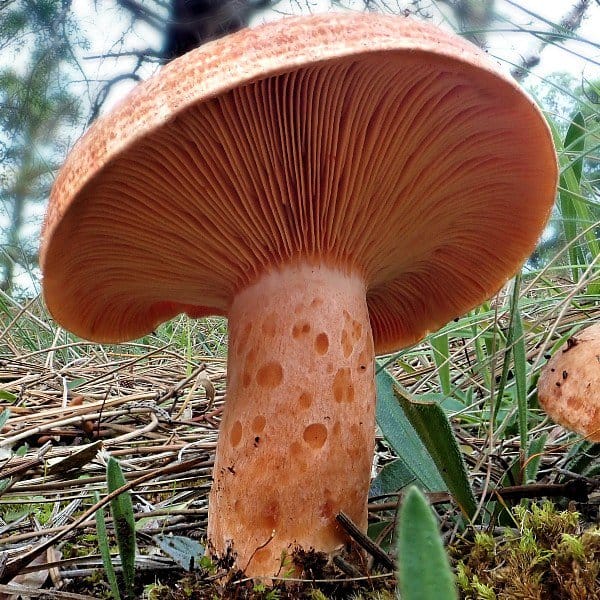
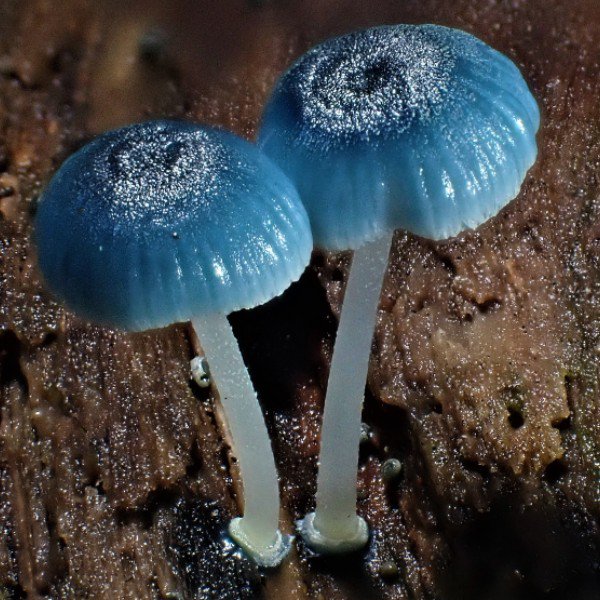
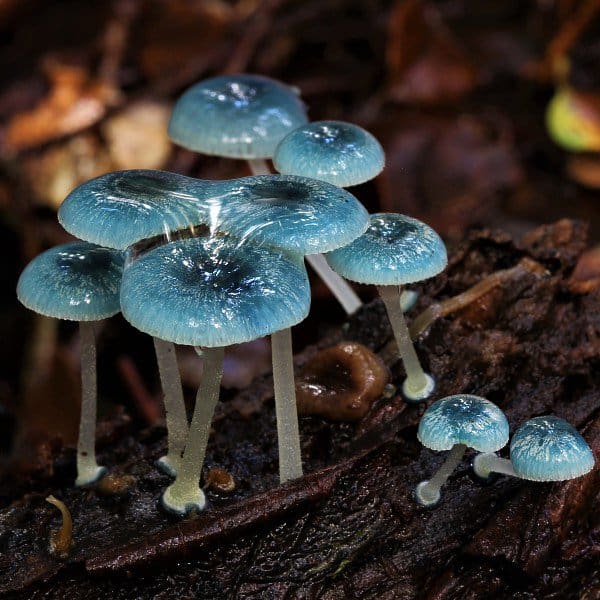
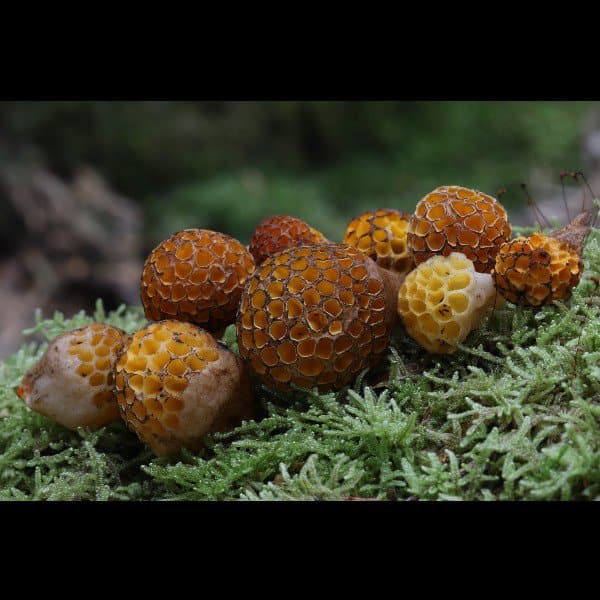
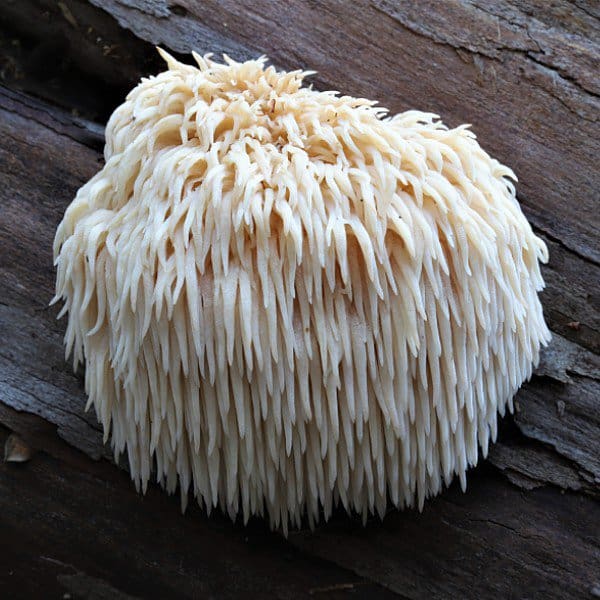
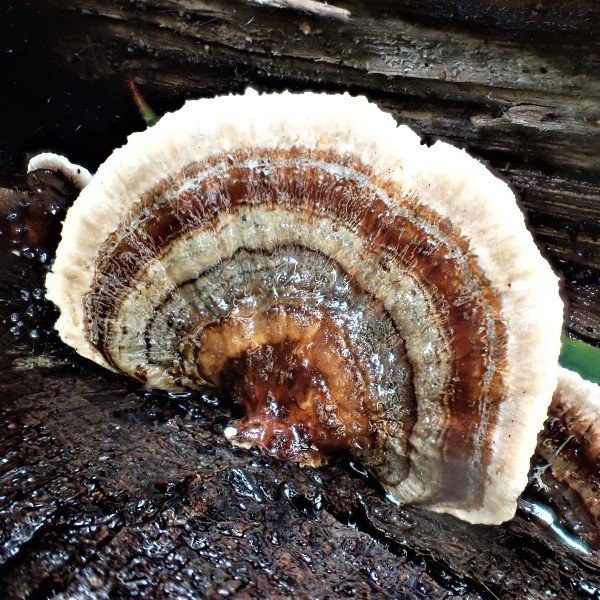
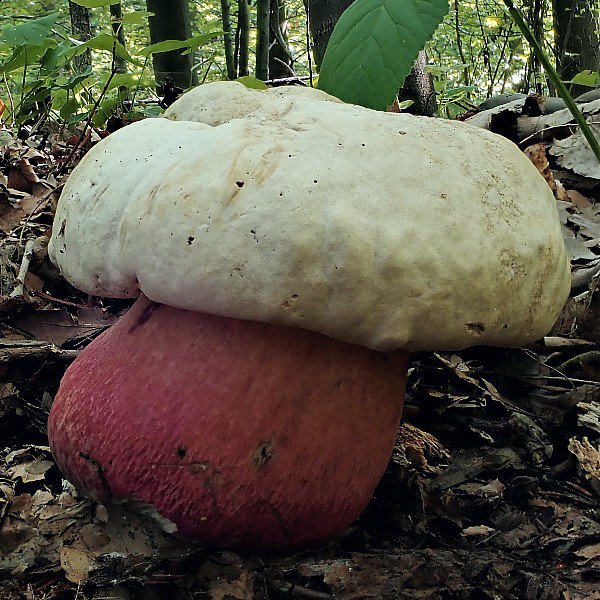
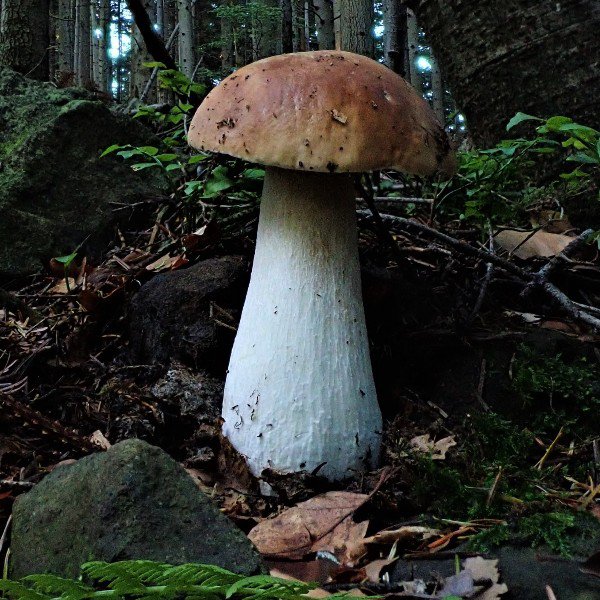
My fascination with fungi started very early when I was 5-6 years old. When my family was poor during the dark, difficult communist times in Poland, we often had to rely on foraging edible mushrooms. We picked porcini, wild blueberries, blackberries, and raspberries to survive.
I spent each school holiday and every autumn weekend in the forest hunting for porcini or Lactarius delicious with my parents, cousins, and other relatives. Porcini is known as the King of the Polish forest—they are highly sought after and foraging for them is practically a national sport in my home country. I cannot imagine Christmas in Poland without many porcini dishes.
Nowadays I don't eat meat for ethical and health reasons and mushrooms of all kinds are my meat substitute. I eat mushrooms at least 3 to 4 times a week—I just love them! I also read a lot about them, and strongly believe they are good for your health.
For the last 10 years (until 2019 and the advent of Covid) I have spent approximately 4-5 months each year in Krakow, Poland, but my main principal home is in Hobart, Tasmania. While much of my photography has taken place in Poland and other parts of Europe, most of my photographic forays are in Tasmania.
Tasmania is heaven for fungi. There are many national parks around Hobart, especially at the base of Mt. Wellington where I can find abundant, interesting fungi to photograph. The best locations are in the West and Northwest of Tasmania where I often visit.
I wish you could see the faces of my Australian friends when I have them over for a barbeque and instead of steaks I offer them Lactarius deliciosus!
I forage and eat wild mushrooms when I am in Europe and my favorites are Boletus edulis (porcini), Cantharellus (saffron milk cap), and Lactarius deliciosus (from the chanterelle family). When I return to Australia I always bring back some dried porcini.
While there are many wild, edible mushrooms in Australia (and I know how to recognize them), I generally only forage Lactarius delicious. I can find these mushrooms easily in Tasmania’s pine plantations because it is on the pines imported from Europe that Lactarius deliciosus initially made their way to Australia.
Lactarius deliciosus is, as its name implies, very tasty. I know many great recipes for cooking them but the best is just to barbeque them with a little salt. Because I love to eat mushrooms and also use them as a meat substitute, I buy and eat many cultivated types. I like Lion’s mane, Shiitake, all kinds of Oysters, and I love even common white button mushrooms.
I have also used mushrooms as functional support for my health. I’ve enjoyed blueberry tea with added Turkey tail mushroom powder to boost the immune system. The scientific papers I have read support that eating white button mushrooms is very protective to cellular health.
I have also read about Lion’s mane mushroom’s benefits for supporting brain health, and about Turkey tail and Reishi’s functional medicine attributes. I have some problems with sleeping and I am excited to be able to try Real Mushrooms’ Reishi product because Reishi is known for promoting restful sleep.
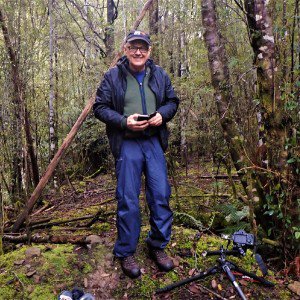
For more of my mushroom photography, follow any of the following Facebook pages and groups:
Disclaimer: The information or products mentioned in this article are provided as information resources only, and are not to be used or relied on to diagnose, treat, cure, or prevent any disease. This information does not create any patient-doctor relationship, and should not be used as a substitute for professional diagnosis and treatment. The information is intended for health care professionals only. The statements made in this article have not been evaluated by the Food and Drug Administration. Any products mentioned are not intended to diagnose, treat, cure, or prevent any disease. The information in this article is intended for educational purposes. The information is not intended to replace medical advice offered by licensed medical physicians. Please consult your doctor or health practitioner for any medical advice.